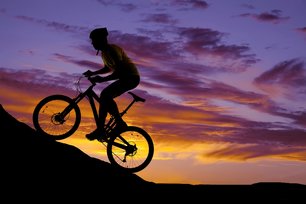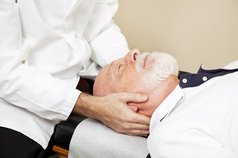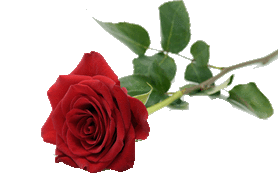
Nurses, employers should work together to reduce fatigue, it effects your mind...impaired problem solving and creativity, reduced comphrehension, reduced memory, and impaired sleep...(Susan Trossman, RN)...read more; The American Nurse, January/February 2015







 RSS Feed
RSS Feed